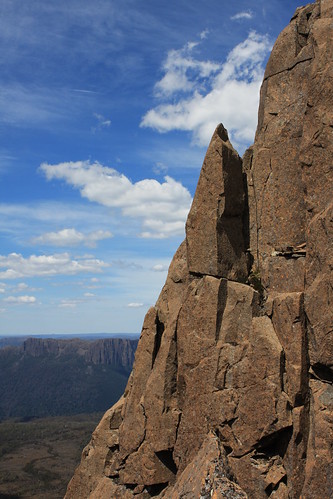Meandering The Mountains For Minimal Money
 Are you a mountain or ocean person? Many of us fall into one or the other category, although we can’t all live in areas with such scenic views. If you’re looking for an American-based vacation this summer, however, it’s usually easier to cut your costs when meandering the mountains than when surfing and sunning on a sandy beach.
Are you a mountain or ocean person? Many of us fall into one or the other category, although we can’t all live in areas with such scenic views. If you’re looking for an American-based vacation this summer, however, it’s usually easier to cut your costs when meandering the mountains than when surfing and sunning on a sandy beach.
I’m not talking here about the “throw yourself against the mountains” school of extreme athletes. There are many ways to enjoy our high hills without spending a fortune on equipment and other expenses. Here are seven tips to spending minimal money while exploring America’s mountains.
1. Accommodations
Some locations offer nearby or on-site hostels for as little as $25 per night. Grand Teton National Park in northwest Wyoming, for example, has basic cabins just 20 minutes from the park that you can rent for $30 per night. Check hostels for a listing of inexpensive accommodations by destination. And don’t forget camping is also a low-cost way to go, particularly if you borrow or rent your equipment.
2. Free Travel Guides
The Travel Gear Blog has gear-lists and practical advice about how to prepare for just about any kind of trip you can imagine. Whether you’re taking off on a mountaineering trip on the Scandinavian Peninsula, or are braving the rainforests of South America, you can always know how to prepare for your trip
3. Bouldering
If you’re the athletic type but don’t want to invest in expensive ropes, bolts and bags, consider the less strenuous sport of bouldering. This free-form climbing style requires few pieces of equipment — like a chalk bag and decent shoes — but otherwise the investment is nearly nil.
4. Hiking
Also known as walking rapidly, hiking requires the least monetary investment of all. Many parks require a pass, but the prices can vary from just $5 per day to $80 per year, depending on the location. The primary equipment includes a good pair of shoes and a backpack with water-bottle holder. Naturally, you’ll need to fill the pack with additional clothes, snacks, bug spray and the like, but these are all items you should have on hand anyway. BTW: Remember to always stay on the paths to reduce your impact on the ecosystem.
5. Visit Mountains Less Traveled
Tourist-packed Yellowstone and Rocky Mountain National Park charge more for hotels, restaurants and guides because they can. Look for the out-of-the-way state parks and locations, like Sugarloaf Mountain in Dickerson, Md., or Purgatory Mountain in Durango, CO.
6. Borrow or Rent Mountain Bikes
Some cities near mountain areas offer bike libraries, where you can find an assortment of bike styles for free or nearly free. Resorts often will rent mountain bikes, although the cost will naturally be higher. Still, it’s cheaper than buying a bike or trying to transport one. (Just think of the increased gas cost from wind resistance when you mount a bike on your car’s roof.)
7. Use the Proper Equipment
A crappy backpack or shoes will cost you more in the long run, thanks to medical bills from back strain or ankle twists. While you need the right equipment, you can reduce purchase costs by shopping online and taking advantage of free shipping codes. Many shoe retailers also offer free shipping both ways, so if a product doesn’t fit, you can just pop it back in the box and exchange it for another size or model.
8. Select the Best Time
The cheapest time to visit the aforementioned Teton National Park is in April, before vehicles are allowed to drive on it. Explore the Great Sand Dunes in Alamosa, CO, in August, when the temperatures are slightly higher and the cranes that attract sightseers haven’t returned. For more details, visit the National Park Service website or the state-parks site for your destination.
Kate Forgach writes about frugal living on the Go Frugal couponing blog. Read more of Kate’s tips on how to keep more cash in your pocket here. Mountain image used with Creative Commons permission from brewbrooks on Flikr.